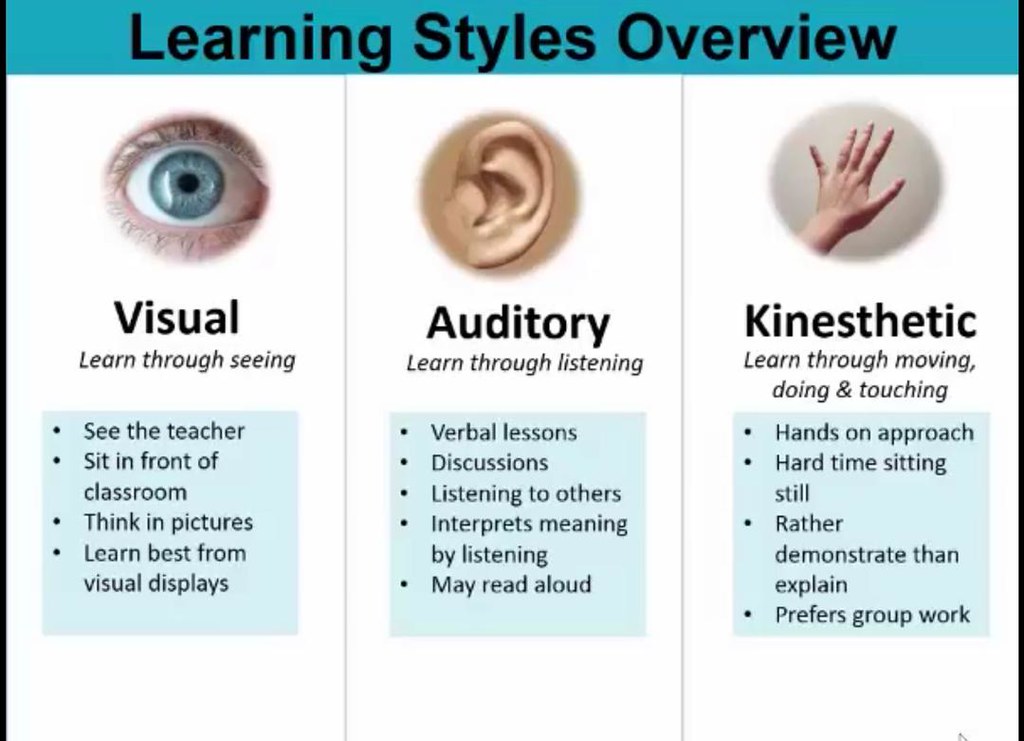

Kinesthetic: Movement and hands-on activitiesįleming developed a questionnaire ( try a version of it here) that a student could take to see which learning styles they preferred.Read/Write: Reading the written word and writing things down.

Auditory: Hearing lectures and having discussions.Visual: Seeing images, diagrams, videos, etc.He theorized that students learned in these four general ways, known as styles or modalities: In the mid-1980s, teacher Neil Fleming introduced the VARK model of learning styles. Others need to do something with their hands, or see images and diagrams. Some like written words, some prefer to hear it and talk about it. Another could plan to take the timeline handout you provided, cut it up into sections, and practice putting those sections in the proper order.Įach of these students is using different ways of learning in an effort to retain and understand the same information. Others might plan to watch a video on John Adams’ life, then talk over what they learned with a study partner. Some might say they’ll reread the text, then write down the answers to the review questions you’ve given them. You’ll be giving a quiz on Friday, and you ask your students how they’ll be preparing. Imagine you’re teaching a lesson on the presidency of John Adams. But what exactly does that mean? FAQ: What Are Learning Styles? Teachers are often told to make sure their lessons include a variety of activities to cover all learning styles.


 0 kommentar(er)
0 kommentar(er)
